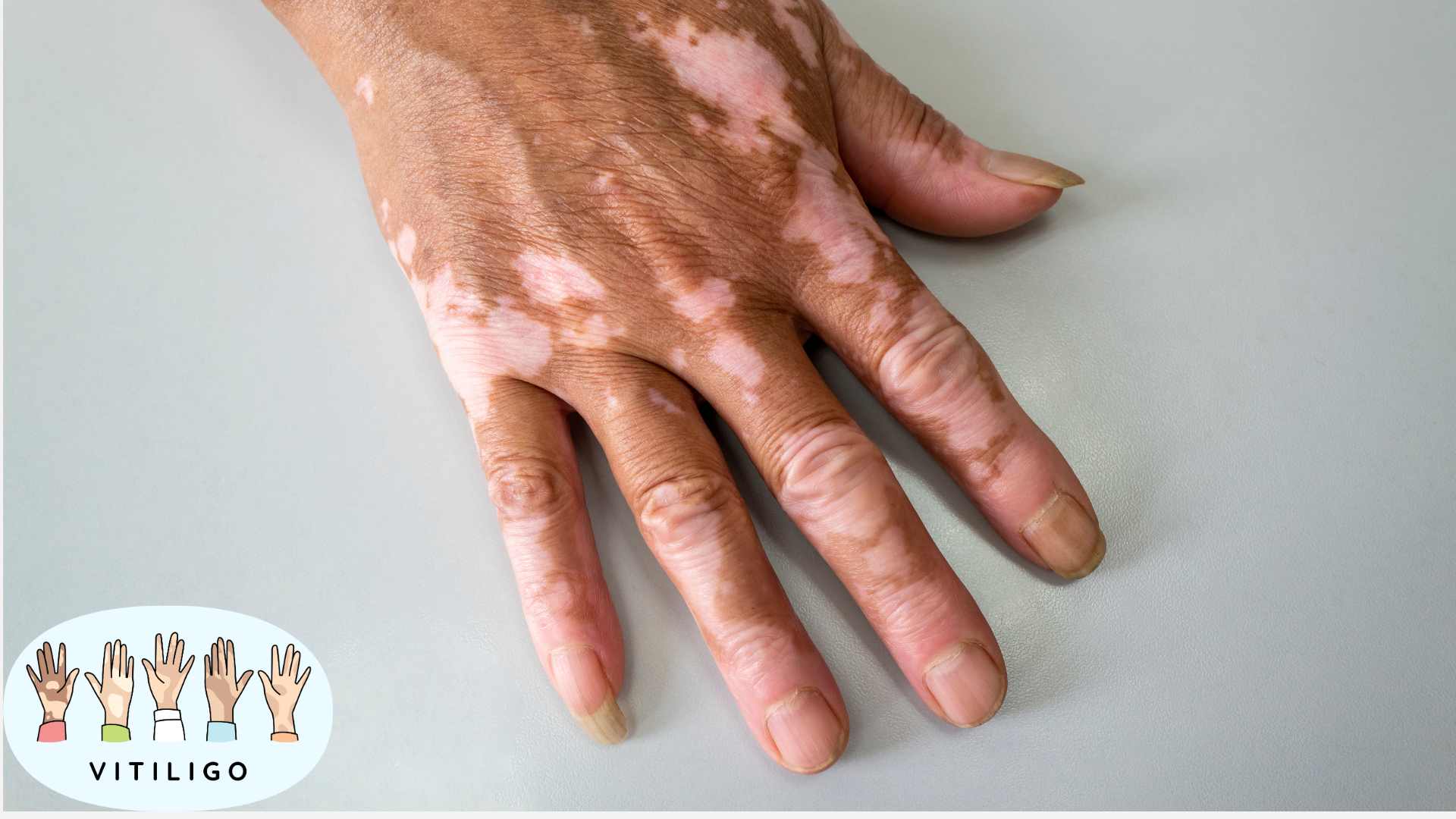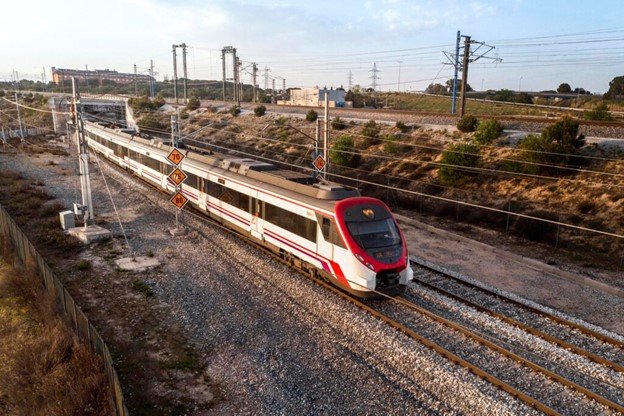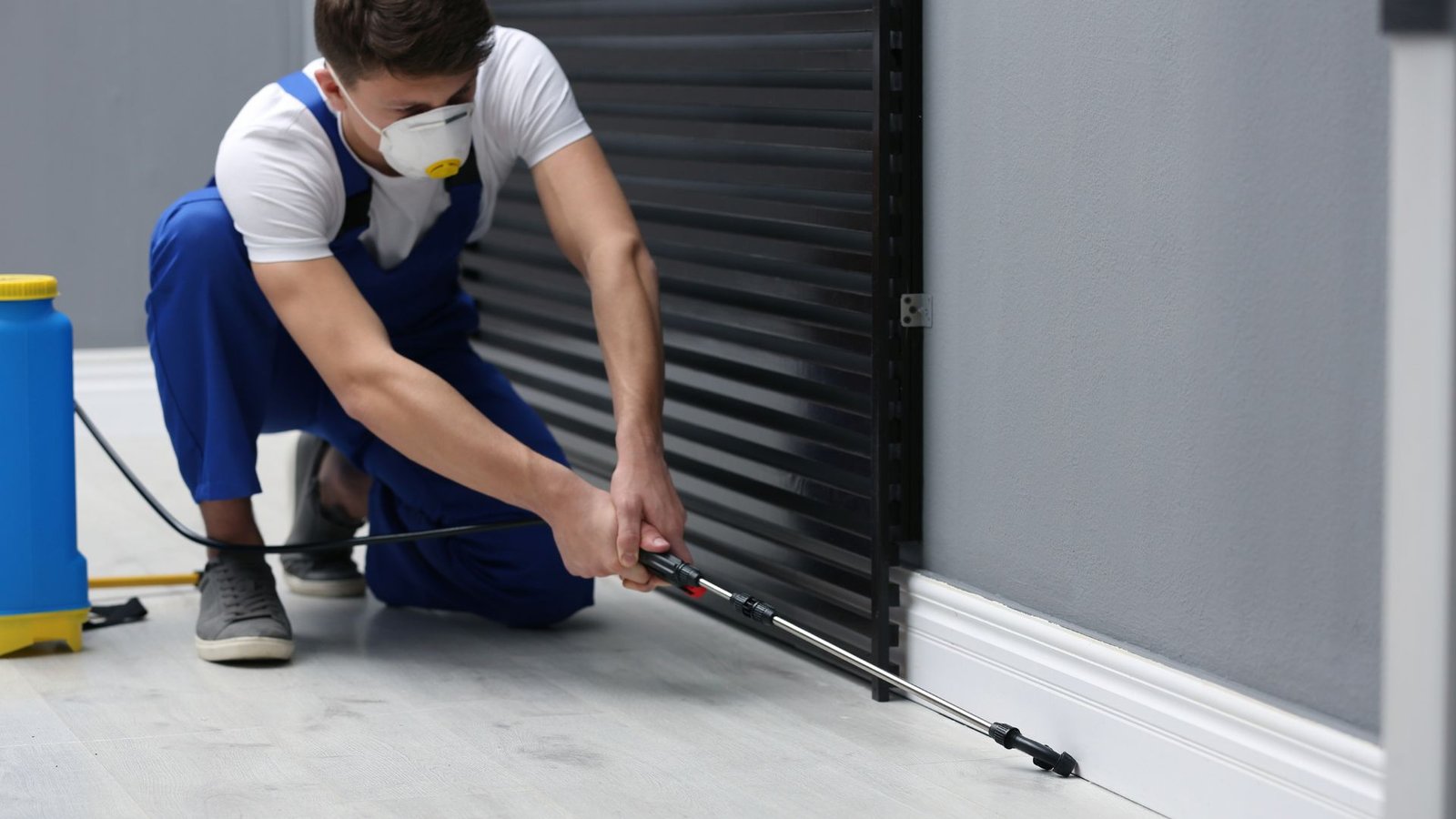Ensuring the safety of your water heater is crucial for both your home and your family. Improper installation or neglecting maintenance can lead to potential hazards. Here are some tips for the installation and maintenance of water heaters to promote safety:

- Professional Installation:
- Tip: Always opt for professional installation services when setting up a new water heater. Licensed plumbers are trained to adhere to safety standards and ensure proper connections, reducing the risk of leaks or gas-related issues.
- Proper Ventilation:
- Tip: Ensure that your water heater is installed in a well-ventilated area. Proper ventilation is crucial for gas water heaters, as it helps eliminate byproducts such as carbon monoxide. Follow manufacturer guidelines and local building codes.
- Temperature Settings:
- Tip: Set your water heater’s temperature to a safe level, usually around 120 degrees Fahrenheit (49 degrees Celsius). This prevents scalding and reduces the risk of accidental burns, especially in households with children or elderly individuals.
Also Read: gas-leaks-and-safe-response-protecting-lives-and-property
- Install a Temperature and Pressure Relief Valve (TPR Valve):
- Tip: Have a TPR valve installed on your water heater. This valve releases excess pressure and prevents the tank from overheating. Regularly test the TPR valve to ensure it functions correctly.
- Regular Maintenance Checks:
- Tip: Schedule routine maintenance checks for your water heater. Inspect for signs of corrosion, leaks, or rust. Regular flushing to remove sediment buildup is essential for the efficient operation of the heater.
- Check for Gas Leaks:
- Tip: If you have a gas water heater, regularly check for gas leaks. Be vigilant for the smell of gas, hissing sounds, or visible damage around the gas line. If you suspect a leak, turn off the gas supply and contact professionals immediately.
- Insulate Hot Water Pipes:
- Tip: Insulate the hot water pipes connected to your water heater. This helps maintain water temperature, reducing the workload on the heater and improving energy efficiency.
- Secure the Heater:
- Tip: Ensure your water heater is securely anchored to the wall or floor, especially in earthquake-prone areas. This prevents the unit from tipping over during seismic events.
- Install a Drip Pan:
- Tip: Place a drip pan underneath your water heater. This can help contain any leaks and prevent water damage to the surrounding area. Regularly check the pan for signs of moisture.
- Educate Household Members:
- Tip: Educate all members of your household about the location of the water heater, emergency shut-off procedures, and the importance of safety measures. This awareness can be crucial during unforeseen circumstances.
- 24-Hour Electrical Service Racine WI:
- Tip: In case of electrical issues related to your water heater or its components, ensure access to a reliable 24 hour electrical service Racine WI. Electrical problems can pose significant safety risks, and having prompt assistance can prevent potential hazards and ensure the continuous operation of your water heater.
- Water Heater Repair Services:
- Tip: If you notice any signs of malfunction or reduced efficiency in your water heater, promptly contact a professional water heater repair service. Issues such as strange noises, inconsistent heating, or water leaks should be addressed by experienced technicians. Seeking timely repairs can prevent further damage and extend the lifespan of your water heater.
By following these installation and maintenance tips, you can enhance the safety and efficiency of your water heater, providing hot water for your household while minimizing potential risks. Regular professional inspections can also contribute to the long-term performance and safety of your water heating system.
Also Read:Machine Safety and 43-Equipment Inspection Checklists



